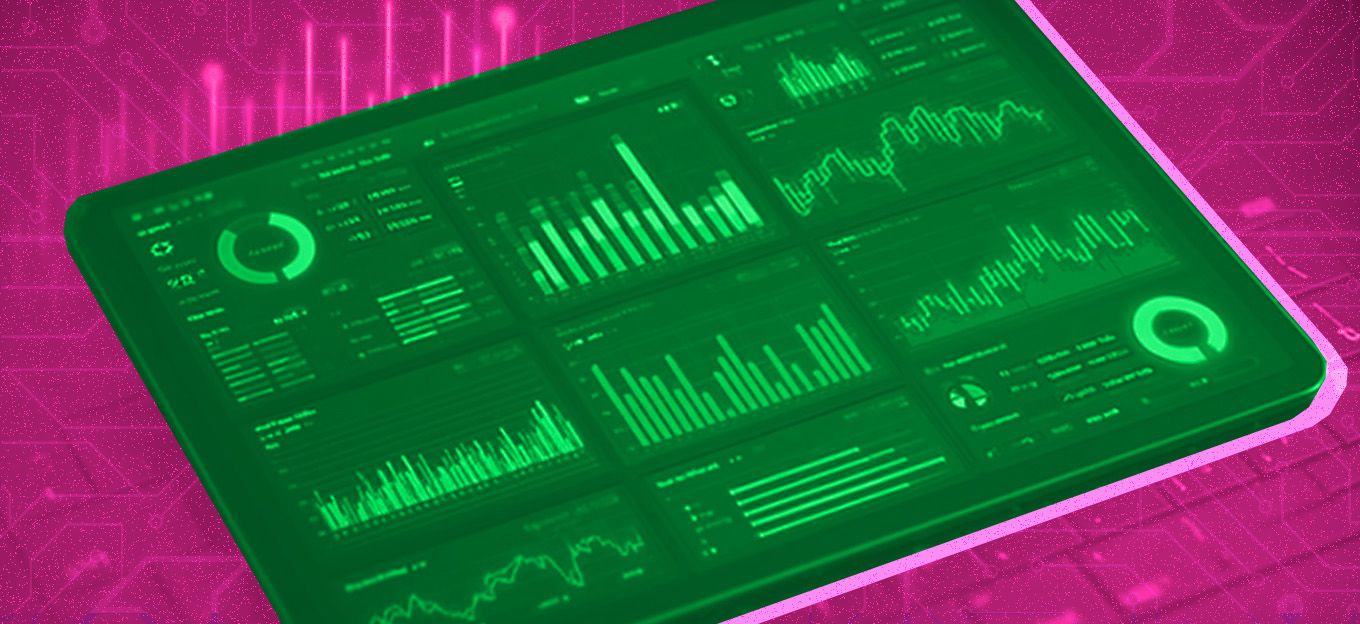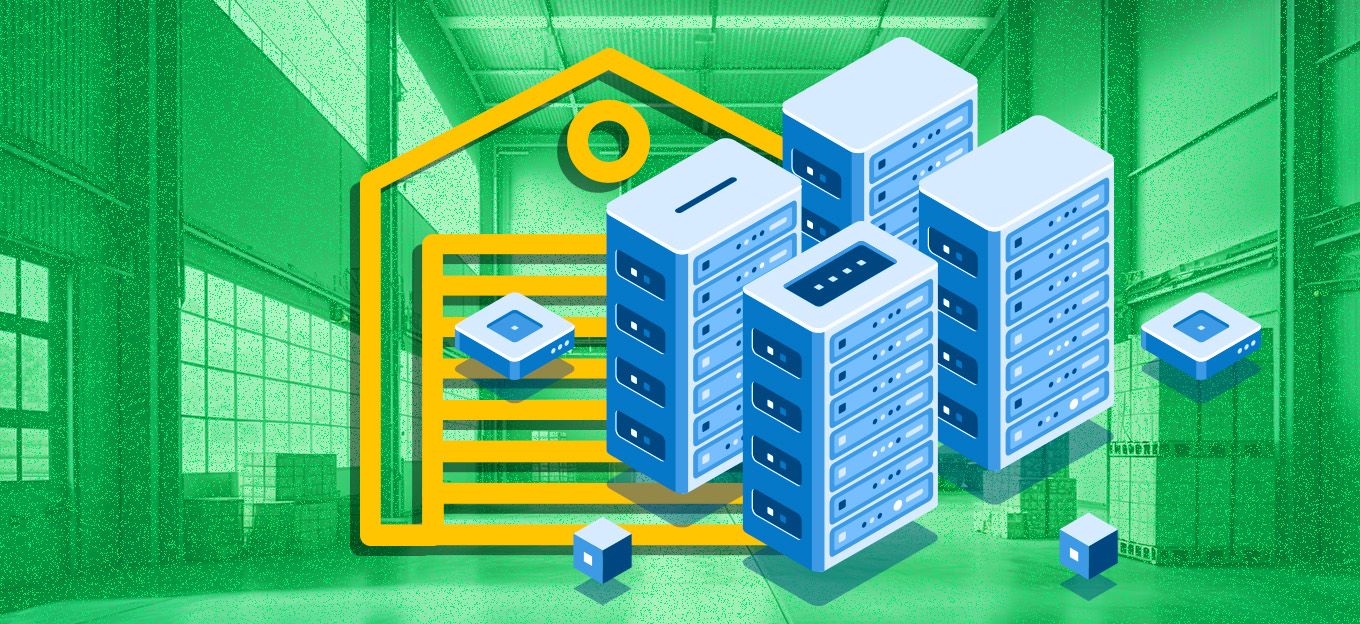Generative AI vs. Computer Vision: Driving the Most Value
Generative AI vs. Computer Vision: Driving the Most Value
- Last Updated: December 2, 2024
alwaysAI
- Last Updated: December 2, 2024



The Pope hitting the streets in a puffy Balenciaga jacket. A 2,000-word article, written in seconds. Clever riddles crafted without a thought. Recipe ideas based on a photo from your fridge.
Generative AI can sometimes feel like magic. It’s not hard to see why it has quickly become the new “it” technology. Generative AI is accessible and versatile creating written, oral, and visual content to help with several business operations from marketing to sales to legal.
But artificial intelligence is nothing new. AI is what gives Siri a voice, it’s how email systems can predict the end of your sentences, and how Spotify knows what song you might want to hear next. AI has quietly woven itself into the fabric of our lives over the last decade.
Although it may seem like Generative AI is the only type of artificial intelligence thanks to the accessibility of LLMs like ChatGPT, it’s only one segment of a vast field. When considering generative AI vs. computer vision, generative AI is extremely useful for many tasks but for businesses that need real-time, visual data about current processes, computer vision is essential.
To understand which type of AI will have the greatest ROI for your business, it’s important to understand the basics of AI and explore its different capabilities.
Types of AI
Teaching machines to think and react like humans is complex, so AI is categorized into three main types: Artificial Narrow Intelligence (ANI), Artificial General Intelligence (AGI), and Artificial Superintelligence (ASI).
- ANI focuses on narrowly defined tasks.
- AGI thinks like humans and can perform general tasks.
- ASI can perform tasks beyond human capabilities.
However, these categories can be further refined into four subtypes:
- Reactive Machines: Exemplified by IBM's Deep Blue, this type of AI operates based on predefined rules and strategies but can't learn or improve.
- Limited Memory AI: This type of AI grows smarter as it receives more data, such as self-driving cars.
- Theory of Mind AI: This is an emerging subtype that aims to understand the emotional aspects of human behavior.
- Self-aware AI: This does not yet exist but would give machines a sense of self.
Where Does Generative AI Fit?
Generative AI involves AI systems that create content, be it audio, visual, or text. These systems, including large language models (LLMs) like ChatGPT, analyze existing data to make predictions and then generate new data based on their training.
Using advanced algorithms, LLMs can communicate as if they truly understand language. However, it’s important to note that generative AI relies only on patterns and predictions to create text. It does not comprehend the derived output.
Generative AI is a powerful tool for generating various types of content, from social media posts to articles, images, voice recordings, and even code for website development. It saves time, fosters creativity, and frees up staff from routine tasks.
However, it’s not magic. Because it is limited to the data it’s been trained on, it can sometimes generate inaccurate or incoherent responses.
As the popularity of large language models continues to grow, so does the scrutiny of this technology, particularly around privacy concerns. Some organizations are developing their LLMs to maintain data privacy, while others grapple with guardrails and policies around how generative AI is used.
Most recently, the cost of running these data-hungry models has also become prohibitive for many organizations trying to leverage the power of AI.
Computer Vision is a Practical AI
While any business could use LLMs to help create marketing assets or sales materials, it cannot help businesses see what is happening on their production lines, in stores, or wherever they do business. Generative AI can only create text or images based on past data – not what is happening now.
For real-time visual insights into operations, there's computer vision. Computer vision is a different type of AI that empowers machines to interpret and understand visual information as humans do. It detects people, objects, and events in real-time using existing cameras, facilitating proactive measures to enhance productivity and safety.
This kind of practical AI delivers unprecedented data about what is happening in their business, as it happens for truly dramatic operational improvements. Computer vision doesn't create new data but highlights opportunities to become more efficient and agile across industries.
The use cases for real-time visual insights are nearly endless. Anywhere business could use an extra set of eyes, computer vision can help.
While security footage and traditional video surveillance are only used after an incident has occurred, computer vision can alert managers and staff to issues as they happen. This can improve safety, drive down costs, and provide a better experience for employees and the customers they serve.
Practical Applications of Computer Vision
Computer vision's applications span diverse sectors, offering real-time data interpretation to improve processes, decision-making, and efficiency. Here's a glimpse of how it's transforming industries and a look at generative AI vs. computer vision:
Retail
Understanding what is happening in your retail store is paramount to providing an excellent customer experience – and happier customers equals higher profits.
Because computer vision provides real-time visual data, store managers can get a complete view of everything happening in stores. This includes use cases such as:
- Real-time automated occupancy counting to quickly make staffing adjustments and attend to shoppers promptly.
- Wait-time monitoring and alerts if lines exceed a certain threshold to help minimize line abandonment and lost sales.
- Foot traffic analysis to aid in product placement, staffing decisions, and customer satisfaction.
Generative AI, on the other hand, relies on historical data and requires prompting to create new content based on existing information. This includes use cases such as:
- Creating marketing materials including designs for in-store displays.
- Creating social media content.
- Responding to customer inquiries and reviews.
- Analyzing historical trends.
Computer vision is uniquely practical because it delivers visual data that can impact retail operations in real time.
Unlike generative AI which relies on past information to make future decisions, the real-time alerts and information from computer vision means retailers can address issues in store, as they happen. It’s the only AI that can act like an extra set of eyes on the retail floor to deliver incredible value.
Manufacturing and Warehousing
Like in retail stores, seeing what is happening in your manufacturing or warehousing facility is critical to improving operations. Real-time visual data can help reduce delays and downtime by addressing issues as they happen.
As a result, computer vision can be used to:
- Automate anomaly and defect detection for greater accuracy.
- Automate package and label detection to reduce costly mispicks and delays.
- Provide real-time safety monitoring (including robot and hazardous area monitoring).
Generative AI can also be used in manufacturing and warehousing but for different tasks. Use cases include:
- Brainstorming solutions once a problem on the floor is identified from intuitive prompting.
- Automating customer service inquiries and responses.
- Searching and analyzing lengthy documents like instruction manuals or product catalogs.
For manufacturers in particular, being able to see exactly what is happening on your factory floor or production line is truly a game-changer. Computer vision is the only AI that makes it possible.
With this unprecedented data, manufacturers can move beyond improving chatbot interactions and marketing materials and make real-time decisions that directly impact operational efficiency.
Restaurants
The restaurant industry is another sector where the excitement for AI solutions is reaching a fever pitch. Again, if you’re looking for solutions more geared toward content creation or analysis, generative AI is a great choice. If you are looking for real-time, visual data, computer vision is the answer.
Computer vision uses cases for restaurants:
- Monitor and track behind-the-counter operations to streamline processes and improve efficiency.
- Real-time occupancy counting to better allocate staff and improve customer experience.
- Real-time vehicle ID and tracking for unprecedented drive-thru analytics.
Generative AI use cases for restaurants:
- Menu and recipe creation to stay current with the latest food trends
- Content creation for marketing and social media for increased brand awareness
- Create better customer personalizations to engage customers
QSR and FCR restaurants have grown incredibly complex with the growth of multi-channel ordering, greater customization, and delivery options. Generative AI can help manage and improve customer experience while ordering and after delivery but to truly understand exactly how orders are fulfilled, the practicality of computer vision is invaluable.
Generative AI vs. Computer Vision
Selecting the right AI solution for your business hinges on identifying the most critical problems to solve and understanding what you aim to achieve. Generative AI vs. computer vision can be a difficult choice. If you seek creative content generation, generative AI is more suitable to your needs.
But if you need real-time visual insights to directly impact your top and bottom lines and dramatically transform your business, the practical capabilities of computer vision are unparalleled.
The Oxford Dictionary defines "practical" as an "idea, plan, or method likely to succeed or be effective in real circumstances." There is no other AI as effective in real circumstances as computer vision. Computer vision captures what matters most to your business to deliver truly powerful, transformative real-time data.
The Most Comprehensive IoT Newsletter for Enterprises
Showcasing the highest-quality content, resources, news, and insights from the world of the Internet of Things. Subscribe to remain informed and up-to-date.
New Podcast Episode

Moving Past the Pilot Phase in IoT and AI
Related Articles





